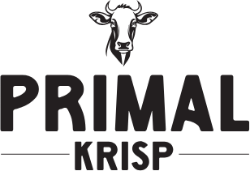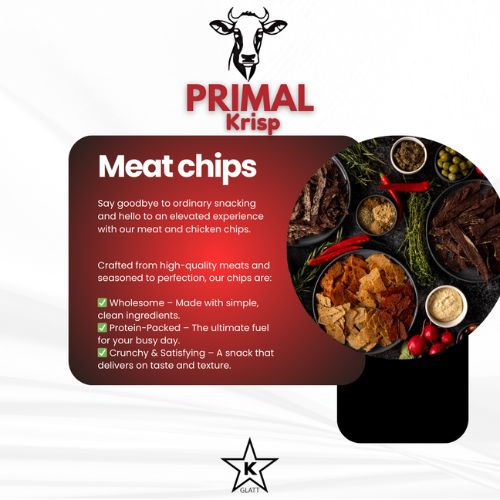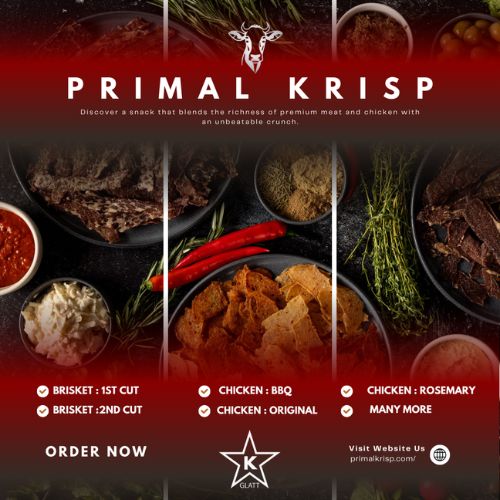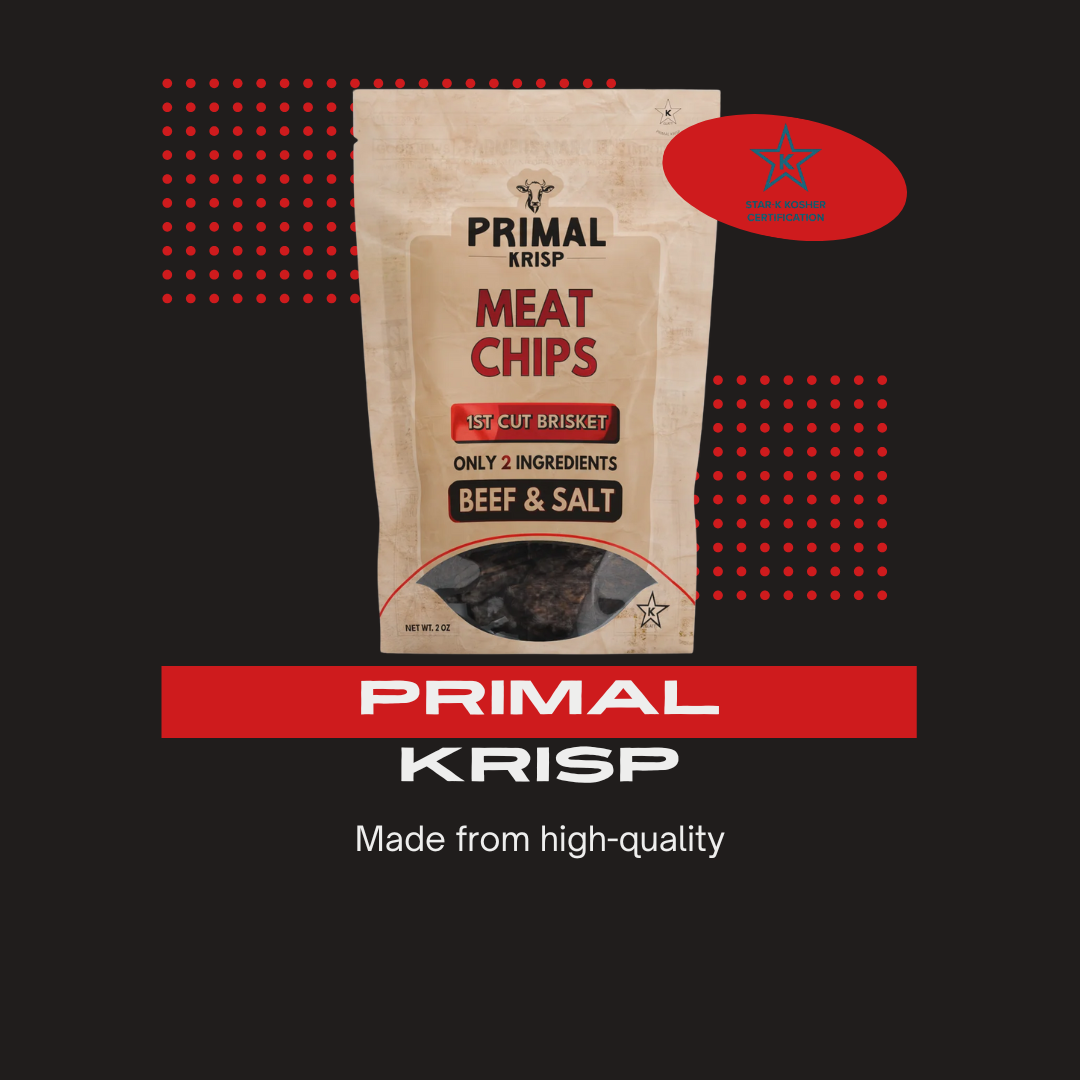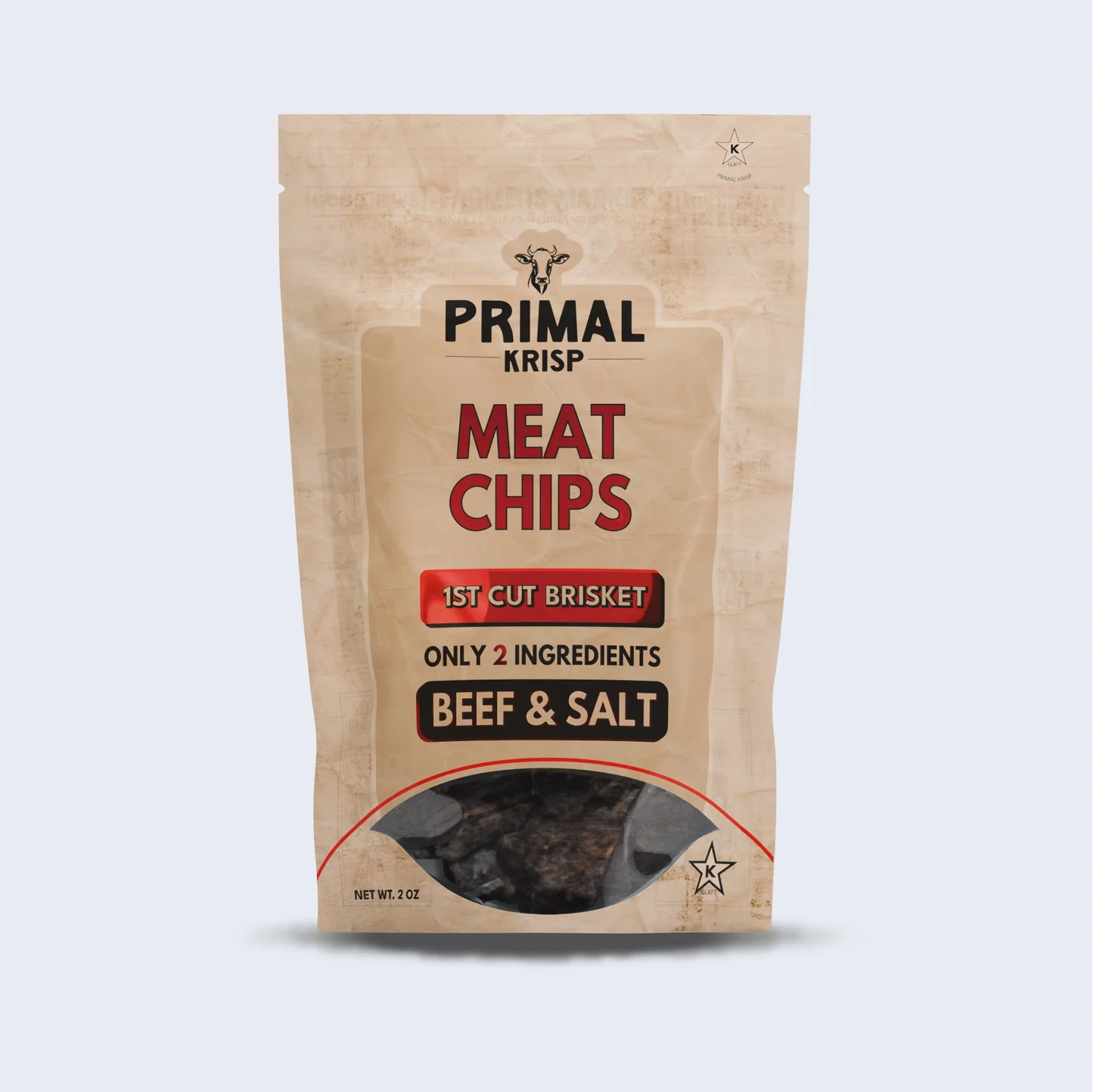
TL;DR:
- The carnivore diet focuses on animal-based foods, with red meat, poultry, pork, seafood, and organ meats as staples.
- Eggs, dairy, bone broth, and animal fats are common additions for variety and nutrition.
- Fruits, vegetables, grains, legumes, nuts, sugars, and plant oils are excluded.
- Some people follow a strict version, while others allow flexibility with dairy or seasonings.
- Convenience foods like Primal Krisp beef meat chips can help make the diet easier to maintain.
Most diets mix plants, grains, and proteins, but the carnivore diet takes a simpler route by focusing almost entirely on animal foods. That leads many people to wonder: What can you eat on the carnivore diet?
The basics are straightforward, but there are variations and guidelines that shape what’s in and what’s out. Knowing the core foods (and what to avoid) makes this way of eating easier to understand and follow.
Up next, we’ll break down the main staples, common add-ons, and the foods that don’t fit within the carnivore diet.
Core Staples of the Carnivore Diet
When people ask, “What meats can you eat on the carnivore diet?”, the answer usually comes down to a few key staples. These foods provide the bulk of nutrition and variety within the plan:
- Red meat: Beef, lamb, and venison are considered the foundation of most carnivore diet foods.
- Poultry: Chicken, turkey, and duck add lighter protein options to balance meals.
- Pork: Ribs, chops, and bacon are popular choices for flavor and variety.
- Seafood: Salmon, sardines, and shellfish offer healthy fats and nutrient-rich protein.
- Organ meats: Liver, heart, and kidney are valued for their high vitamin and mineral content.
These staples form the base of the diet, giving you plenty of options while staying aligned with carnivore guidelines.
Animal-Based Additions
Beyond the core meats on the carnivore diet, there are other foods many people include to round out their nutrition. These additions keep meals interesting while still staying within the guidelines of a meat-focused plan:
- Eggs: A versatile source of protein and healthy fats that can be prepared in countless ways.
- Dairy: Some choose to add butter, cream, or hard cheeses if they tolerate dairy well.
- Bone broth: Valued for its collagen and minerals, often used as a base for soups or simply sipped on its own.
- Animal fats: Tallow, lard, and ghee provide energy and can be used in cooking.
Not every variation of the carnivore diet includes these foods, but they are common choices for those looking to expand their menu while keeping the focus on animal-based nutrition.
What Can't You Eat on the Carnivore Diet?
Understanding what you can’t eat on the carnivore diet is just as important as knowing what to include. The diet is strict about cutting out plant-based foods and processed options. Common exclusions are:
- Fruits and vegetables: To answer the common question, “Can you eat fruits and vegetables on the carnivore diet?”, the guideline is no, since the plan eliminates plant-based foods.
- Grains and legumes: Bread, rice, beans, and lentils are not included in carnivore diet foods.
- Nuts and seeds: Almonds, peanuts, sunflower seeds, and similar snacks are excluded.
- Sugars and sweets: Candy, pastries, and added sugars go against the rules of the diet.
- Plant oils: Vegetable, canola, and soybean oils are avoided in favor of animal fats.
These restrictions are what define the carnivore diet and separate it from other low-carb or elimination plans. By knowing what to avoid, it becomes easier to stay consistent with the approach.

Approaches and Flexibility Within the Carnivore Diet
Not everyone follows the carnivore diet in the same way. Some prefer a very strict version that includes only meat, fish, and animal fats. Others take a more flexible approach and allow certain extras, like dairy or seasonings, to make meals more enjoyable.
Many people experiment to see what works best for their health goals or lifestyle. For some, that might mean focusing only on the basics, while others may feel better when they incorporate options like eggs or bone broth. The key is finding a version that feels sustainable while still staying true to the main principle of relying on animal-based foods.
This flexibility can make the diet more approachable and practical, especially for those who want to commit long-term.
Staying on Track with Convenience Foods
Following a restrictive diet can feel challenging when life gets busy. Cooking every meal from scratch is not always realistic, and that is often where people struggle the most. Having simple, clean options on hand can make it easier to stay consistent.
Primal Krisp was created with this in mind.
While not designed as a strict carnivore product, our snacks focus on real ingredients and straightforward nutrition. They fit well for people who value whole-food choices and want something quick they can grab without sacrificing quality.
Convenience does not have to mean processed or unhealthy. Keeping practical, nourishing foods within reach helps reduce stress and keeps your focus on making intentional decisions, even on your busiest days.
Finding Your Own Balance on the Carnivore Diet
Exploring the carnivore diet is ultimately about finding a straightforward way of eating that feels right for you. Like any nutritional plan, it works best when approached with balance, consistency, and an openness to learning how your body responds. Staying curious and intentional helps keep the experience positive rather than restrictive.
If you’re looking for convenient, protein-packed snacks to complement your lifestyle, check out our beef meat chip selection. Shop now and enjoy a simple, satisfying option made to fuel your day.
